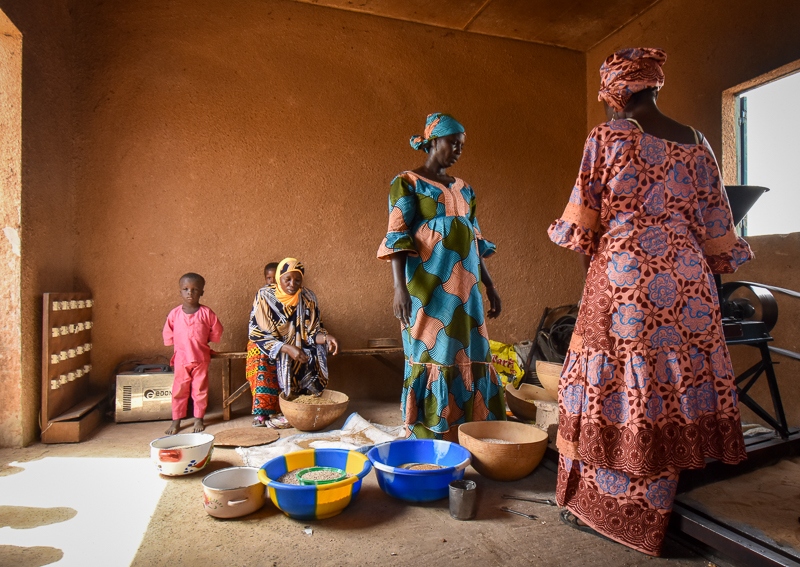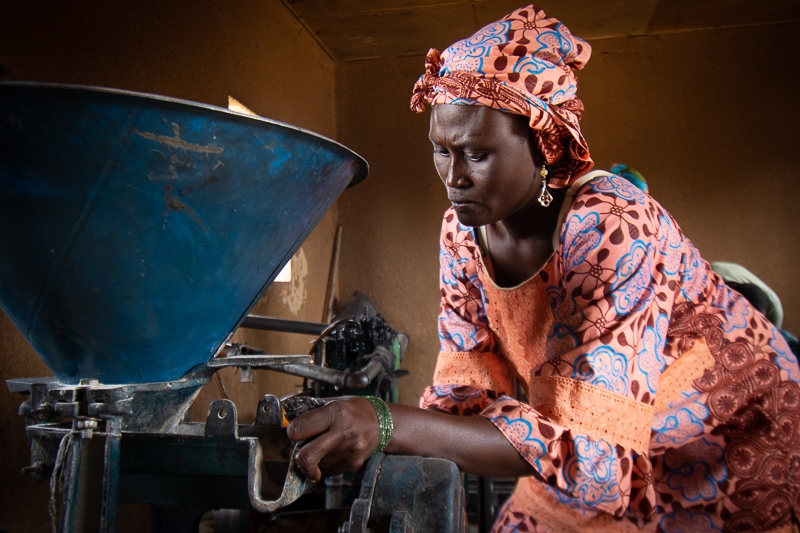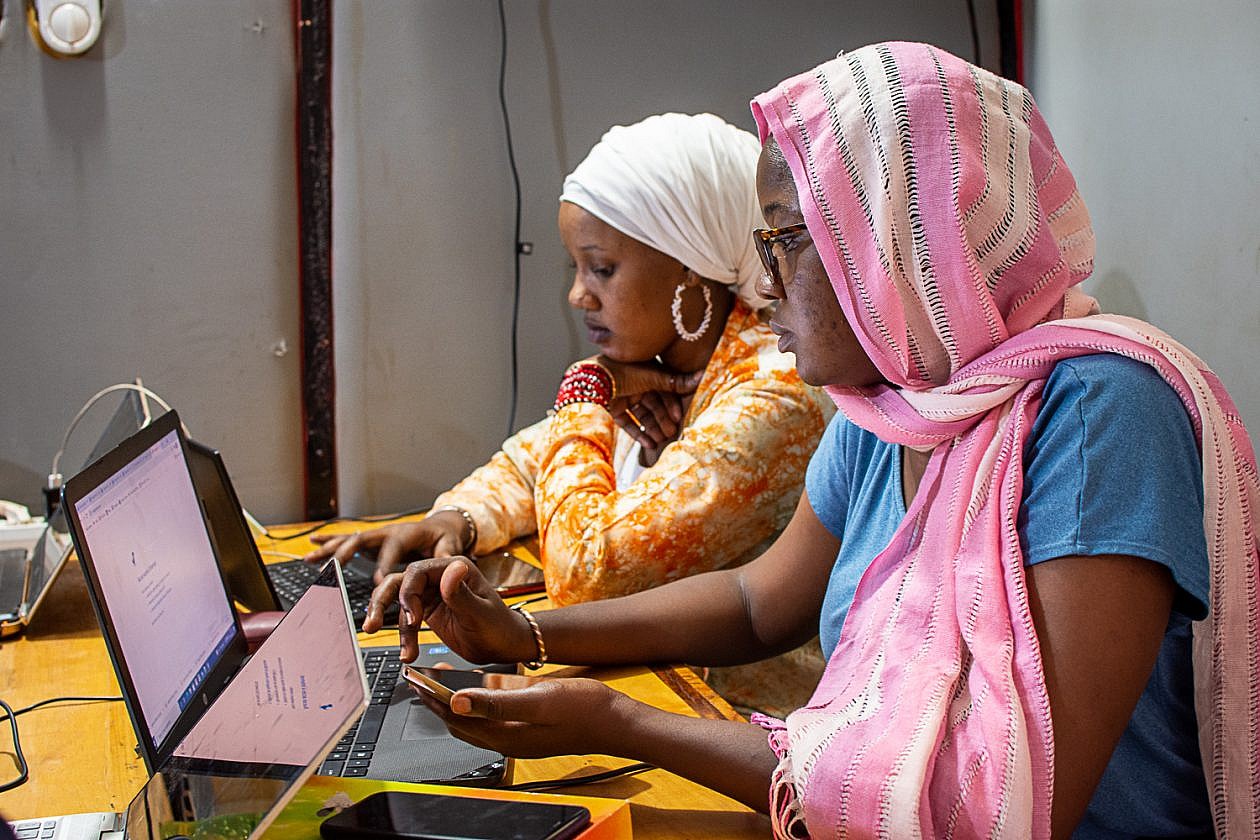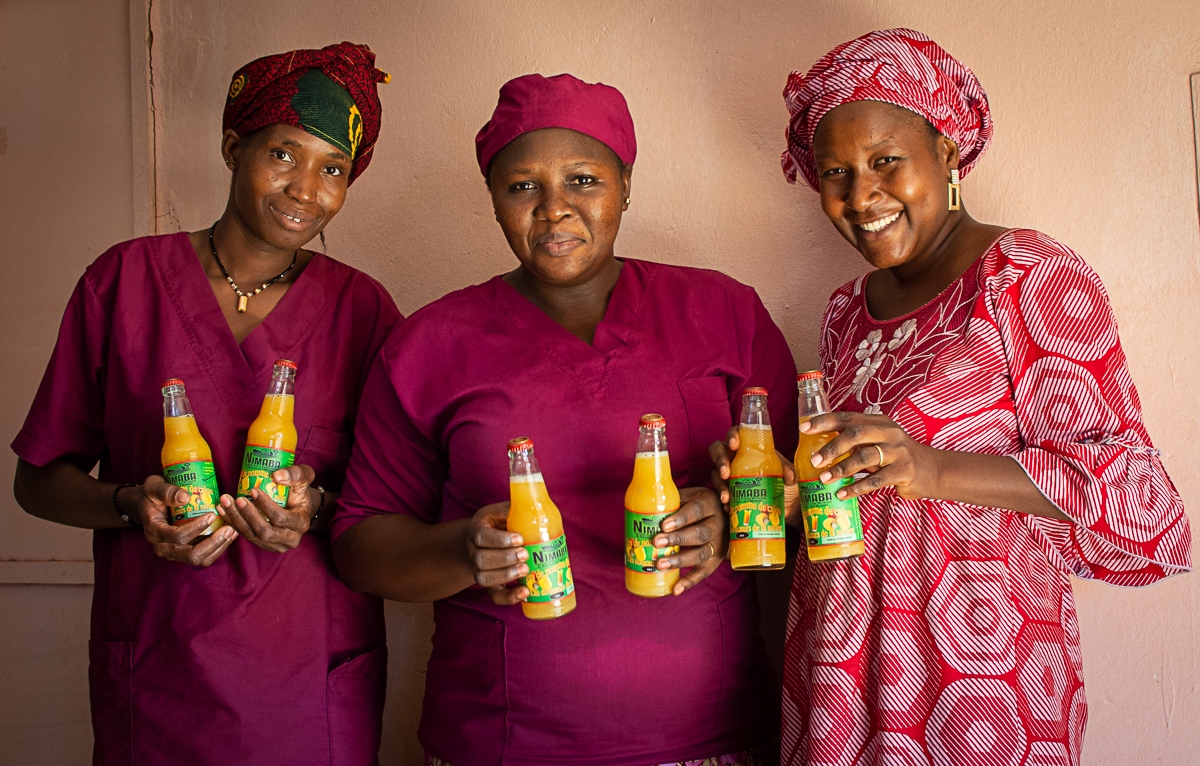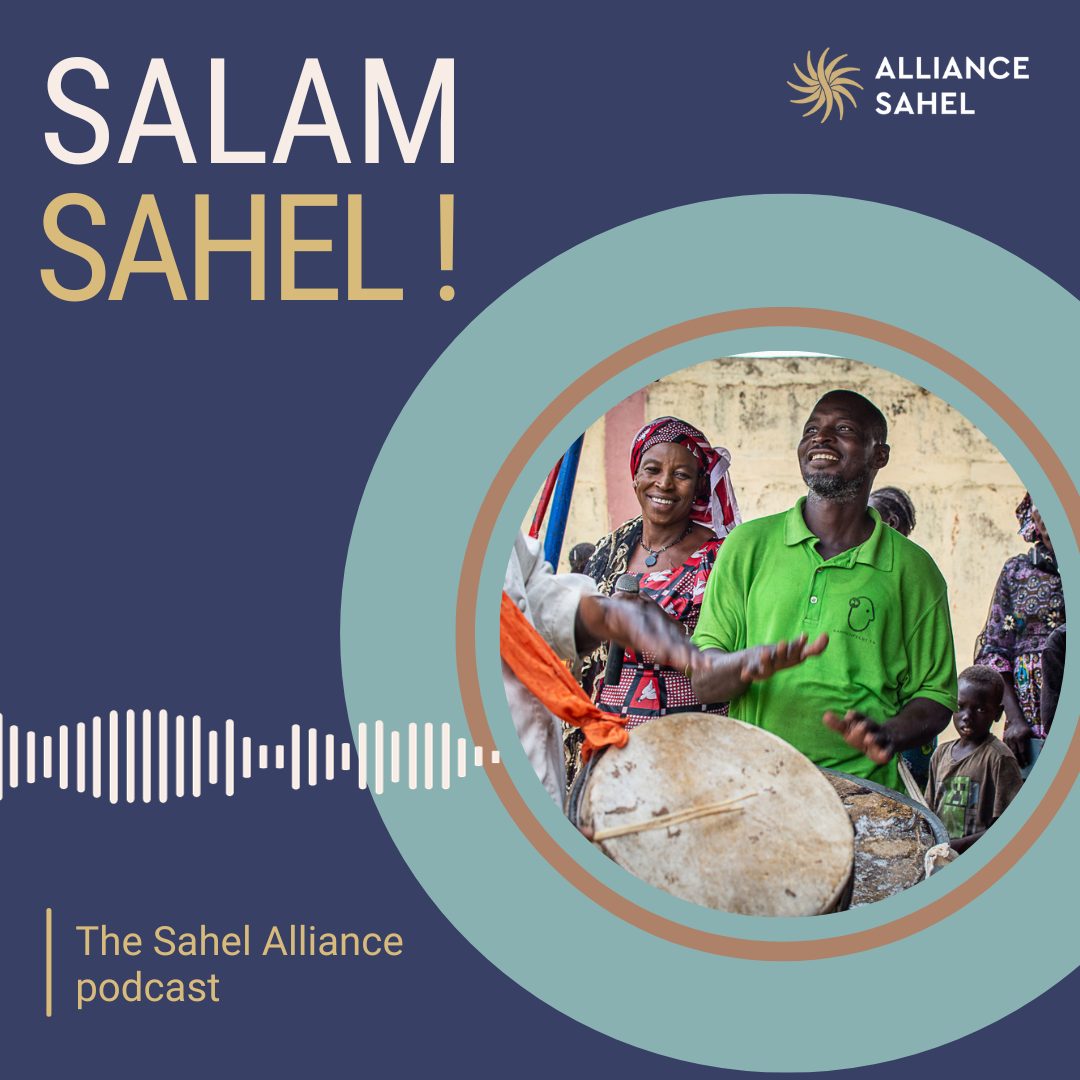“Investing in women in the Sahel creates a positive multidimensional impact on society as a whole.”
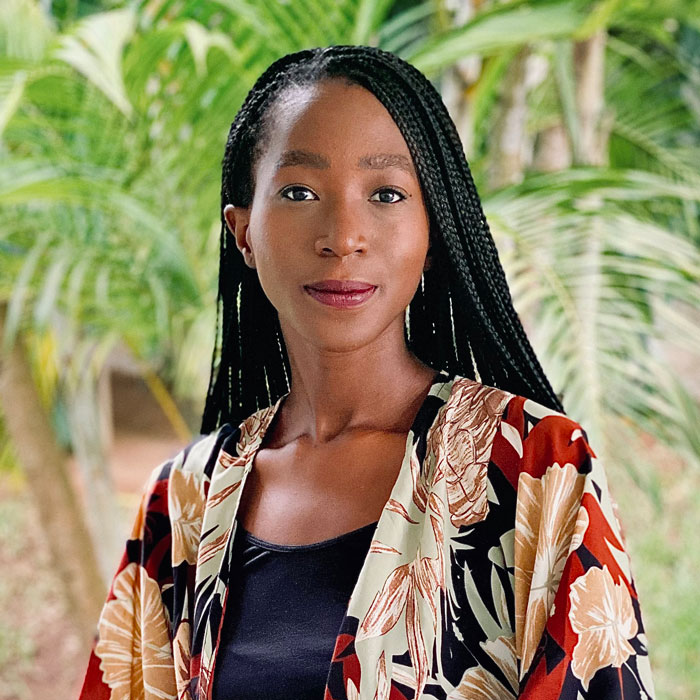
Despite the challenges, the Sahel is full of innovative practices that improve gender equality and the rights of women and girls. Aïssatou Aïda Dosso, Co-lead of the Sahel Alliance Gender Working Group and Senior Gender and Innovation Officer at the African Development Bank (AfDB), shares with us the barriers and opportunities to achieving gender equality in the Sahel, and what members of the Sahel Alliance are doing to support the efforts of the G5 Sahel countries.
What are the main challenges to the realisation of women and girls’ rights in the Sahel?
Due to inequalities, women in the Sahel are disproportionately affected by the general problems of governance, insecurity, climate change, health shocks. On the other hand, the G5 countries show gender disparities in education, health (including specific women’s health issues such as gender-based violence), access to opportunities and representation.
To assess the state of gender equality, the African Development Bank (AfDB) produces the African Gender Equality Index which measures three dimensions: economic, social, representation and empowerment. Inequality on these three dimensions is found to be most acute in the Sahel region. The regional score for the Sahel is 32.4% for all 5 countries in the G5 Sahel region. This results in a gender gap of 67.6% on all three of these dimensions.
From an economic perspective, the index measures the activity rate, the rate of vulnerable employment, access to credit and land, etc. Women are more exposed to poverty issues. They face specific barriers with regard to access to land, credit and formal employment. They essentially bear the burden of domestic and care work, which represents a significant constraint for women, so that on average they have less time to devote to productive activities
When we look at the social dimension, which measures indicators related to education and health in particular, we see differences in literacy rates and school attendance. The higher the level of education, the greater the disparity between men and women. As a result, women are generally less educated and less competitive on the job market.
Concerning representation, women are unfortunately under-represented at the executive, judicial and legislative levels, despite all the efforts made by the various countries to introduce quotas which place women’s representation at around 30%. There is still work to be done to reach this indicator. There are incentives and measures taken both at government and civil society level, but the figures remain below the set threshold: only 20% of ministerial posts in the G5 Sahel countries are held by women. There is therefore less space for women to push their demands and place their priorities on the political agenda.
In terms of health, gender-based violence is quite high, especially if we take into account female genital mutilation. In addition, women’s access to sexual and reproductive health care remains low, with a strong disparity between urban and rural areas.
This combination of factors results in women facing specific barriers to their empowerment.
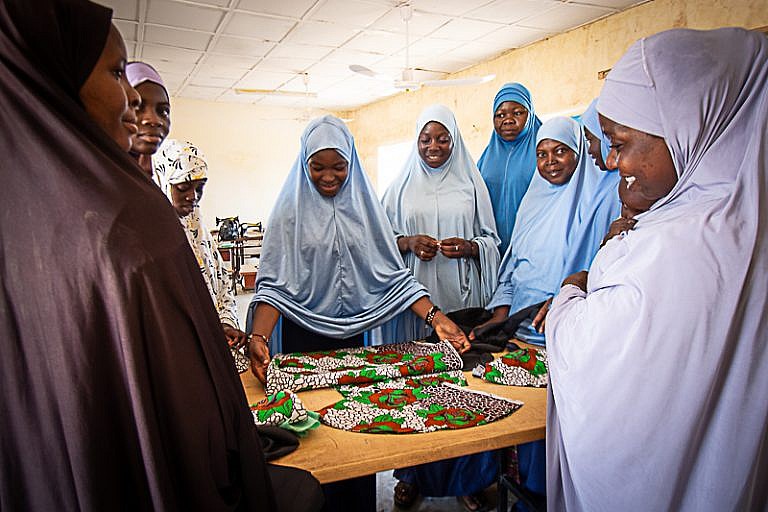
How can the rights of women and girls in the Sahel be improved?
There are many opportunities emerging in the Sahel region for the realisation of women and girls ‘rights, particularly for achieving inclusive development.
The legislative and institutional framework is very robust. It is not yet reflected in the results, but this framework presents many achievements that can be appreciated in terms of laws, quotas, but also mechanisms put in place, such as the Gender Ministry, the national Gender Policy, the gender focal points or at regional level, with the G5 Sahel women’s platform, which allows for concerted action at the country level to accelerate efforts and advocacy.
What role do women play in the development of the region?
Women represent about 50% of the population, so their contribution to development is important, as is that of young people or men.
More specifically, women offer a significant potential in terms of growth, social cohesion and multidimensional resilience (economic, nutritional, climate, etc.). They play a key role in addressing the various challenges facing the G5 Sahel countries.
In terms of resilience to climate change, women are at the heart of local adaptation strategies because of their traditional role within households and the community, but also because they possess environmentally friendly local expertise. These practices deserve more support and are an excellent entry point for adaptation programmes led by development partners to increase sustainability and ownership within the communities. They are also responsible for food agriculture as well as for providing nutrition to children and families and for food resilience, in a context particularly affected by climate shocks.
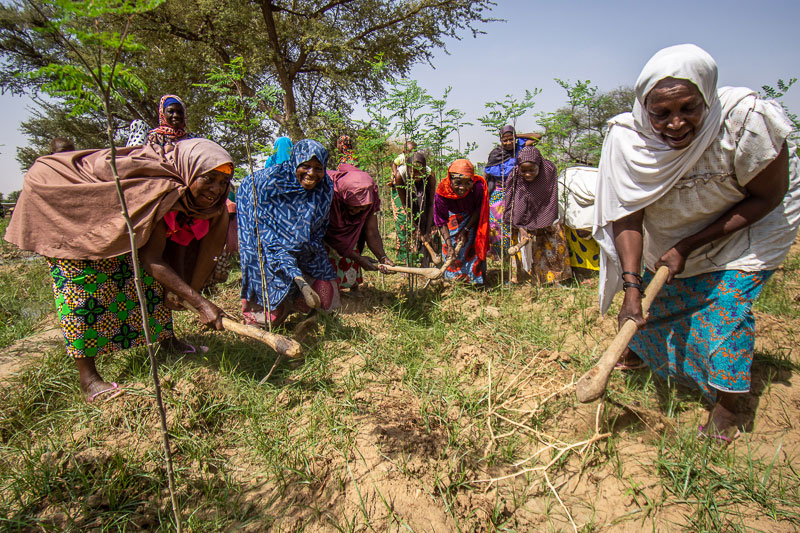
On the economic front, statistics show that women in Africa and specifically in the region are among the most active in the world! They are the majority in the agricultural sector – the backbone of the G5 Sahel countries – and are very involved in marketing and processing the products. The tertiary sector is also driven by women, whose participation is 38.7% against 32.32% of men. They therefore represent a living force that participates effectively in development. Unfortunately, they are often found in vulnerable and uncompetitive jobs. Their enterprises are often very small and in the informal sector. They therefore do not have access to credit, to economic opportunities and their contribution is not clearly understood. Nevertheless, they have a very important impact on their community. We need to build on this, equip them and find strategies to speed up their empowerment.
It is interesting to see how women organise themselves to circumvent their exclusion from the financial system, with the establishment of informal tontine systems for example, i.e. savings-credit groups that allow them to access capital. When women are organised, it allows them to expand their activity and contribute to their growth.
Scarcity of time is a major hurdle faced by women in the Sahel: due to heavy domestic burdens, they have less time for productive activities and are therefore less profitable and bankable than a man who would have more time to invest in a productive activity.
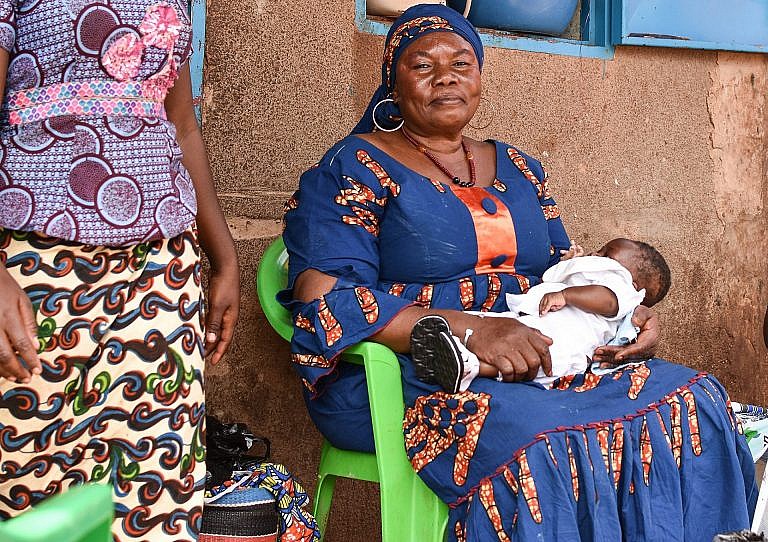
How do the Sahel Alliance and the G5 Sahel work together concretely to improve gender equality?
Gender is a priority issue for the Sahel Alliance. A specific working group has been set up to operationalise the gender approach. Its mission is to ensure that “women and girls in the G5 Sahel countries lead a life where their fundamental rights are fulfilled, where they participate fully in the formulation and implementation of policies in line with the 2030 Agenda and more specifically with Sustainable Development Goal (SDG) 5 which aims to achieve the empowerment of women and girls”.
The Gender Group has a number of specific objectives around which an annual work plan is structured that looks at different aspects, including collaboration with gender actors (the G5 Sahel, the G5 Sahel Women’s Platform, but also local stakeholders, civil society organisations, etc.).
The collaboration between the Sahel Alliance Gender Group and the G5 Sahel takes place at several levels: operational, strategic, technical assistance, political dialogue, knowledge management. For example, we support them in the production of gender-disaggregated data, which allows for the development of targeted, effective and impactful projects.
The Gender group also interacts with the G5 Sahel women’s platform. We jointly organised a webinar on “Women, Peace and Security” on the occasion of the 20th anniversary of Resolution 1325. This provided a platform for exchange and knowledge between the Sahel Alliance and regional actors to ensure that there is an alignment of the Alliance’s actions with local and regional priorities. As a co-lead, we lead discussions with the Platform and members have direct bilateral relationships with stakeholders.
With regard to support provided by the members of the Sahel Alliance, the portfolio of projects at sector level makes it possible to address the priority challenges of the countries and the G5 Sahel, for example in the energy, youth and agriculture sectors. This support is provided both on a programmatic and operational basis. The technical assistance component is also very important, as is the political dialogue: it involves sitting down with the G5 countries to discuss possible strategies for tackling the challenges.
At the level of the African Development Bank, two approaches are used: the cross cutting approach where gender is mainstreamed in sectoral projects (energy, agriculture, infrastructure, etc.) and the targeted approach with specific gender projects. Cross-cutting integration is done through our gender marker system tool, with a categorisation according to impact, from category 1 (for 100% gender-oriented projects) to category 4 (for projects that have minimal impact on gender). In reality, there are very few category 4 projects and more and more projects feature the reduction of gender inequalities as their main objective.
For example:
- The Desert to Power project has a strong gender dimension. We know to what extent energy poverty impacts women, so issues of energy, climate change and gender are inseparable. This project helps address renewable energy issues in the G5 Sahel countries, by allowing a better production capacity in these countries, in particular by tapping into the region’s abundant solar potential.
- In Chad, the Girls’ Education and Women’s Literacy Project (PEFAF) is a 100% gender-oriented project that targets the issue of girls’ education at the secondary level, as this is where the highest drop-out rate occurs. This is a major problem in Chad, but also in the other G5 Sahel countries.
- In Mauritania, the Project for the Promotion of Gender-Sensitive Agricultural Value Chains (PCVASG-PATAM) contributes to improving food security and the living conditions of the population through inclusive and sustainable development.
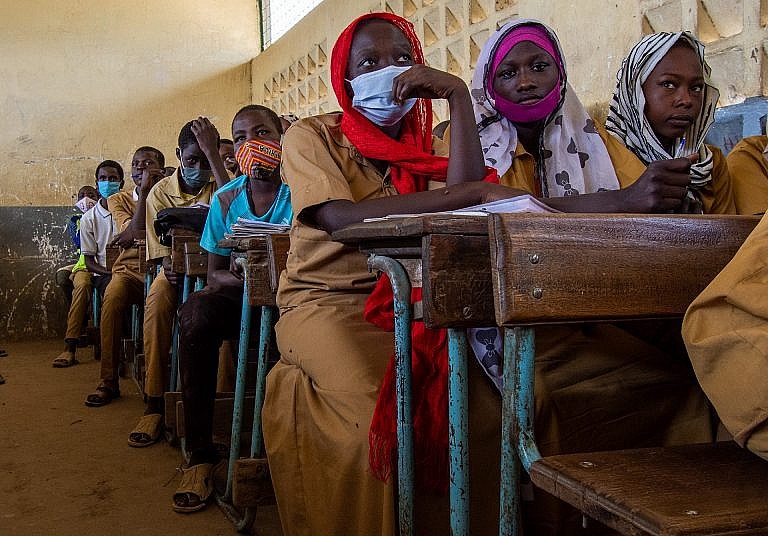
Have you noticed any innovative or remarkable practices that improve gender equality and the rights of women and girls in the G5 Sahel countries?
The Sahel is replete with innovative and interesting practices because there is a multiplicity of actors!
The desire for consultation at regional level, with the creation of the G5 Sahel women’s platform, is an innovative and interesting practice. It is very rare to see organisations dedicated exclusively to gender issues at regional level. This mechanism will make it possible to accelerate gender mainstreaming. The G5 Sahel women’s platform unfortunately suffer from a lack of funding to really implement its actions. However, it has a strategic framework and an action plan and has the power to mobilise the various national stakeholders, particularly the Gender Ministers.
At the operational level, we are in the process of finalising the regional gender profile of the G5 Sahel, financed by the AfDB, and we met with the women’s platform so that they could share innovative practices that development partners could emulate. For example, they told us about multi-functional platforms at the community level, which enable women to process their agricultural products, thus improving their economic empowerment and strengthening their resilience.
In recent years, much progress has been achieved in the area of entrepreneurship in the G5 countries, which attests to the countries’ appetite for this issue. The strategic framework is refined, then an institutional mechanism is put in place to translate it into practice. In Chad, for example, the National Chamber for Women’s Entrepreneurship was recently created. Women face specific barriers in their entrepreneurial journey, so having a mechanism that addresses these issues and acts as an intermediary between women entrepreneurs and the decision-making scene is interesting. It is important for the Sahel Alliance to support such efforts.
In terms of development for the populations of the Sahel, what is the impact of cross-cutting gender mainstreaming within the projects of development partners and Sahel Alliance members in particular?
There can be no development without equality. Gender inequality causes a 0.3 billion loss to African countries, equivalent to 10% of their GDP, due to unequal access to economic and social opportunities. Women are important economic agents who contribute enormously to household resilience. Their inability to participate fully in development reduces the growth potential of G5 Sahel states.
The impact of gender mainstreaming is catalytic both qualitatively and quantitatively. In the G5 Sahel countries, growth is very high (5.6% growth on average in 2020), but this has not yet translated into a decrease in inequality. When gender is taken into account in the projects, we can see that, quantitatively, it accelerates growth and, qualitatively, that this growth is accompanied by a decrease in inequalities (gender, social, etc.). This helps to strengthen the economic and social resilience of populations in the face of various shocks.
In the projects, it is increasingly noted that the return on investment in women is very high, because there is a direct intergenerational benefit. It is therefore a strategy that allows for long-term results, particularly in terms of human development through the education of children, because an empowered woman will invest more in the education of her children. From a nutritional point of view, children will have access to a more balanced diet, so they will be in better conditions to learn, thus constituting a competitive workforce.
For example, the AfDB has just completed a supervision mission for the Economic Empowerment of Vulnerable Women project in three countries (Mali, Niger, Chad), in areas affected by insecurity and conflict. In Timbuktu (Mali), the story of a project beneficiary, a widow and mother of 6 children who benefited from access to capital and skills services, is quite compelling. Within a year, she had restarted her doughnut business and made significant profits that enabled her to send two of her six children to a private school, gain access to property, ensure her family’s long-term security and expand her business by purchasing related equipment. This has increased her resilience to various shocks. It is therefore an approach that produces multidimensional, long-term benefits.
References:
- Africa Gender Equality Index, AfDB: report 2020
- The cost of Gender Inequality (World Bank)

